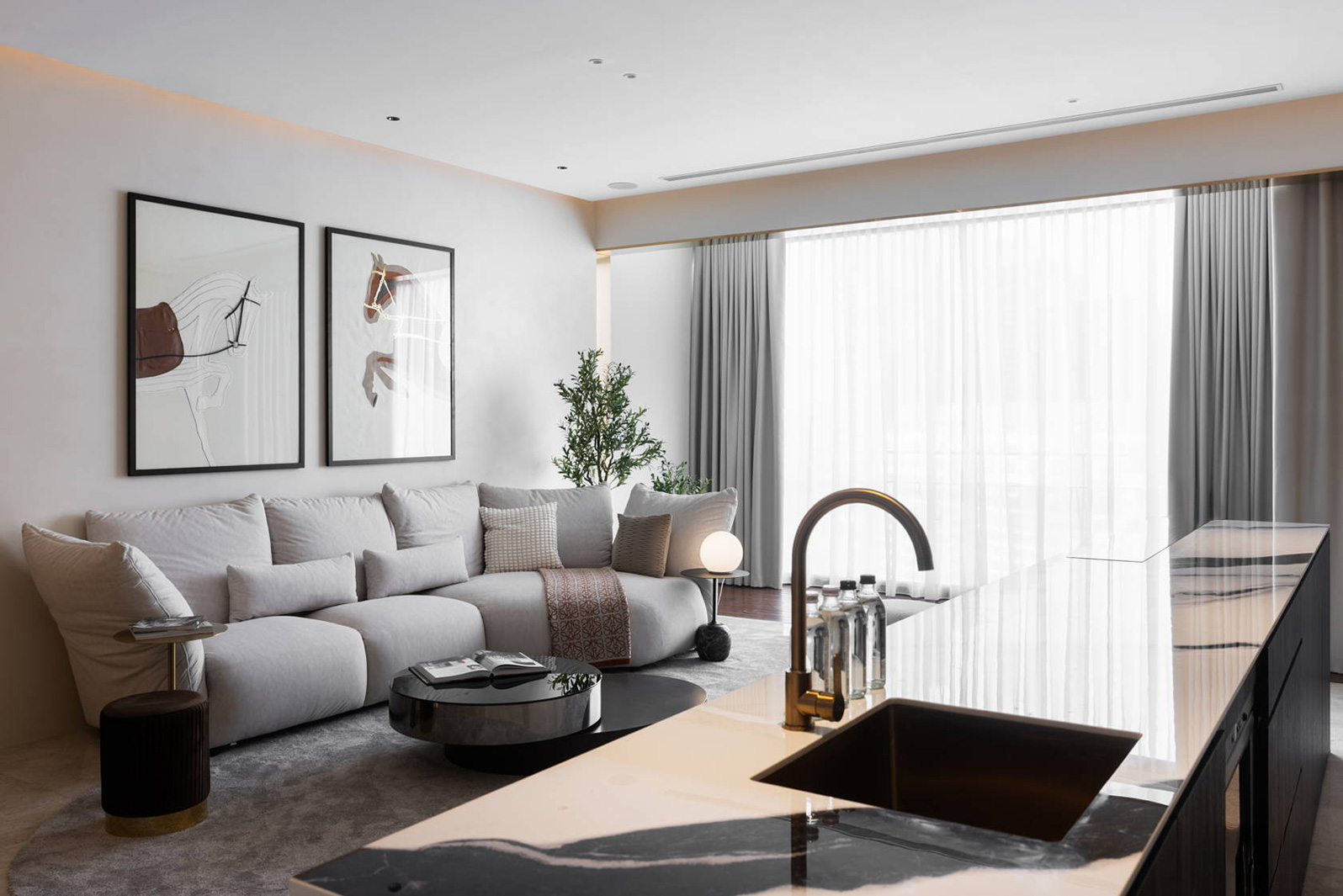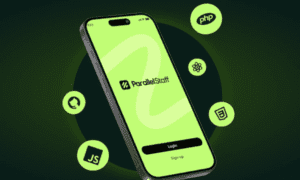Transforming your living or working space into a beautiful, functional environment requires careful planning and the right expertise. Whether you’re renovating your home, setting up a new office, or designing a commercial space, selecting the perfect interior design professional can make the difference between a mediocre result and a stunning transformation that exceeds your expectations.
Understanding Your Design Needs
Before beginning your search, take time to clearly define your project requirements. Consider the scope of work, whether it’s a complete home makeover, a single room refresh, or a commercial space design. Determine your budget range, timeline expectations, and design preferences. Some people gravitate towards contemporary minimalism, whilst others prefer traditional aesthetics or eclectic styles that blend various elements. Having a clear vision helps you communicate effectively with potential designers and ensures you find someone whose expertise aligns with your goals.
Research and Portfolio Review
Start your search by exploring the portfolios of various interior designers in Mangalore to get a sense of their style range and project quality. Look for designers whose previous work resonates with your taste and demonstrates versatility across different project types. Pay attention to the attention to detail, use of space, colour coordination, and overall aesthetic appeal in their completed projects. A strong portfolio should showcase various styles and budgets, indicating the designer’s adaptability and skill level.
Key elements to look for in portfolios include:
- Creative use of space and lighting solutions
• Quality of finishes and material selection
• Consistency in design execution across different projects
• Before and after photographs that demonstrate transformation capabilities
Credentials and Experience Matter
Verify the professional qualifications of potential designers. Look for formal education in interior design, relevant certifications, and membership in professional associations. Experience in your specific project type is valuable – someone who specialises in residential design might not be the best choice for a restaurant or retail space. Consider how long they’ve been practising and whether they have experience working within your budget range.
Communication and Compatibility
The design process involves numerous decisions and ongoing collaboration, making communication style crucial. During initial consultations, assess whether the designer listens carefully to your ideas, asks thoughtful questions, and explains concepts clearly. They should be able to translate your vision into practical design solutions whilst offering professional guidance when needed. A good designer balances respecting your preferences with providing expert advice that enhances the final result.
Budget Transparency and Value
Discuss pricing structure upfront to avoid surprises later. Some designers charge hourly rates, others work with flat fees, and some take a percentage of the total project cost. Ask for detailed estimates that break down design fees, procurement costs, and any additional charges. Whilst cost is important, focus on value rather than just the lowest price. A skilled designer can often save money through efficient space planning, vendor relationships, and avoiding costly mistakes.
Important budget considerations:
• Initial consultation fees and design development costs
• Procurement charges and mark up on furnishings
• Project management fees and site supervision costs
• Potential additional charges for revisions or changes
Local Knowledge and Resources
Choose someone familiar with Mangalore’s climate, architectural styles, and local suppliers. Local designers often have established relationships with contractors, vendors, and artisans, which can streamline the process and potentially reduce costs. They understand regional preferences, building codes, and practical considerations like humidity and monsoon weather that might affect material choices and design decisions.
Timeline and Project Management
Discuss realistic timelines and the designer’s availability for your project. Ask about their current workload and how they handle project management. Will they oversee contractor coordination, material procurement, and quality control? Understanding their level of involvement helps set appropriate expectations and ensures smooth project execution.
Essential timeline questions to ask:
• How long will the design development phase take?
• What is the estimated duration for procurement and installation?
• How do they handle delays caused by material availability or contractor issues?
• What is their policy for project timeline extensions?
References and Reviews
Request references from recent clients and take time to contact them about their experience. Ask about the designer’s professionalism, adherence to timelines and budgets, problem-solving abilities, and overall satisfaction with the results. Online reviews and testimonials can provide additional insights, but personal references often offer more detailed feedback.
Trust Your Instincts
Beyond technical qualifications, consider your comfort level with the designer. You’ll be working closely together and sharing personal preferences about your living or working space. Choose someone who makes you feel heard, respected, and confident in their abilities. The right designer should inspire excitement about your project whilst providing reassurance about the process.
Making the Final Decision
After meeting with several candidates, compare their proposals, portfolios, and your overall impression of each. The ideal choice combines relevant experience, compatible communication style, transparent pricing, and a portfolio that excites you. Remember that the cheapest option isn’t always the best value, and the most expensive doesn’t guarantee the best results.
Taking time to carefully evaluate your options ensures you’ll find a designer who can bring your vision to life whilst managing the practical aspects of your project efficiently and professionally.



































